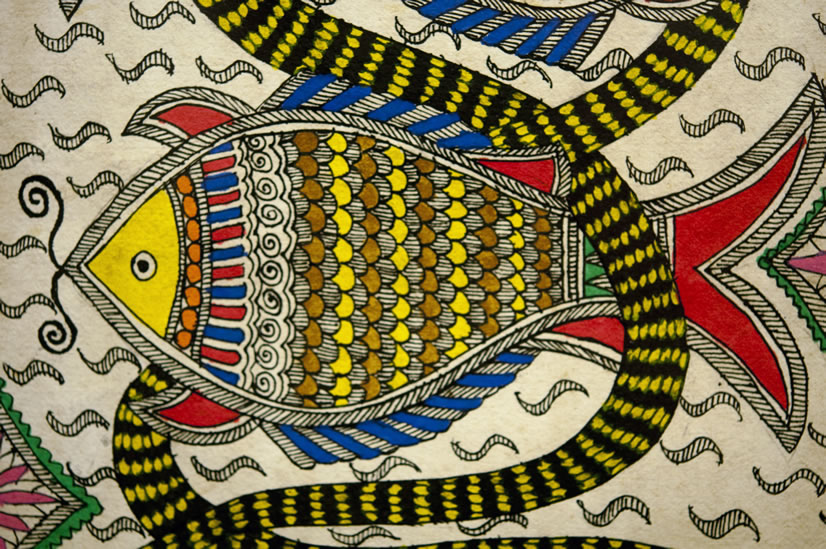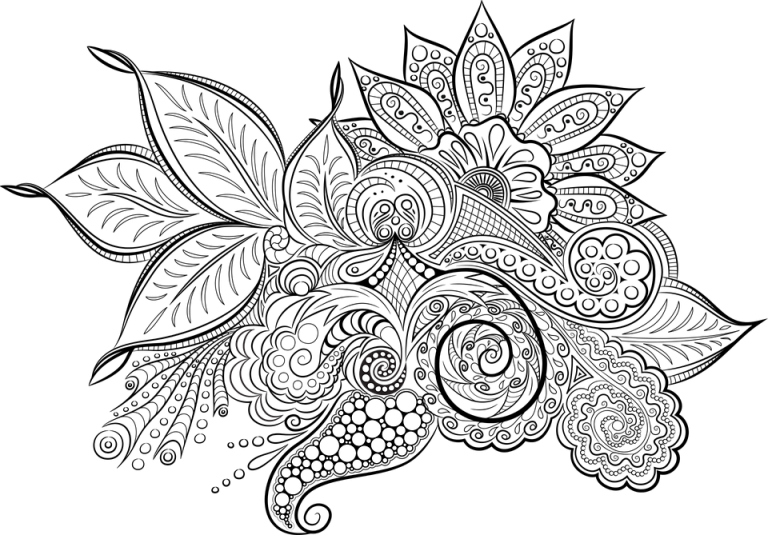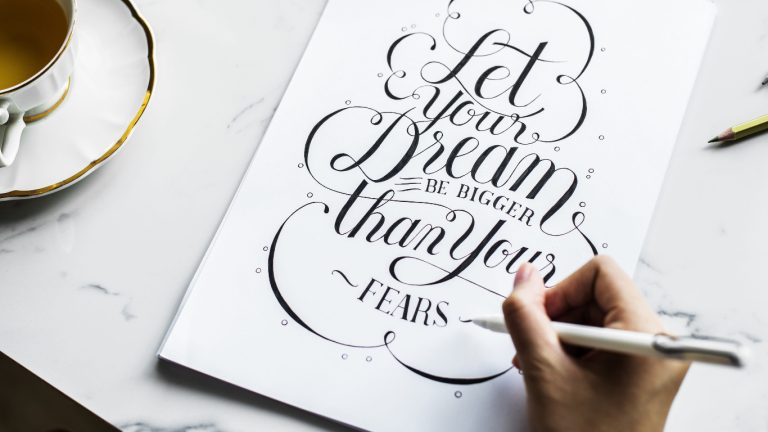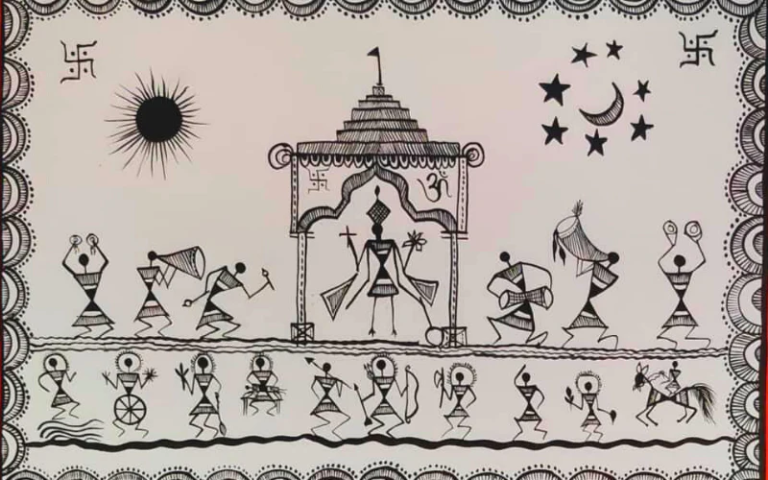Madhubani is a district located in North Bihar in India. The literal meaning of madhuban is forest of honey. Madhubani Paintings were initially painted only on freshly coated mud painted walls. It was normally painted during the festivals, marriage and other social happenings.
Until 1960s madhubani paintings were not popular because it was mainly painted on walls. In 1960s when famine struck North Bihar, the people of Mithila were encouraged to paint the same paintings on paper, canvas and clothes. That was when Madhubani painting was commercialized and gained popularity outside Bihar and all over the world.
Originally Madhubani paintings were painted by women folks of Madhubani, but now men have also joined this art community to meet the ever rising demand of Madhubani paintings.
What is Madhubani painting?
Madhubani art uses complex geometrical patterns. There are three main themes in Madhubani paintings:
First is Religious (Gods)
Second is Social (what you see in your society and community)
Third is Nature, (mountains, rivers, animals etc)
Madhubani art has five distinctive styles:
Bharni
Katchni
Godhna
Tantrik
Kohbar
The women used colours derived from plants and other natural sources in the paintings. These colours are often bright and pigments like lampblack and ochre are used to create black and brown respectively. The women used objects like twigs, matchsticks and even their fingers to create the paintings. They covered the surface and left no space empty. They painted flowers, animals, birds, and geometric designs in the gaps.



